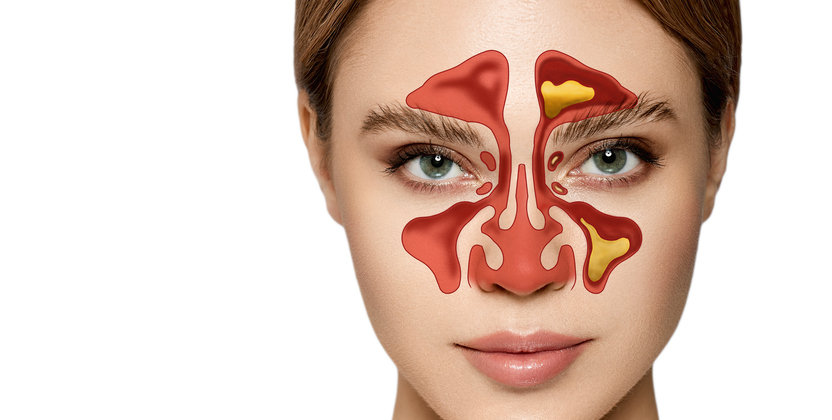What are the impacts of Mouth Breathing?
In a child the circulation of air through the nose is important for the development of the jaw and middle face including their sinuses. In mouth breathing the flow of air as well as the position of our tongue is altered and may impact the development of the bones of the face area.
Face shape and tongue position also guides the position of our teeth. Mouth breathing can impact the position of our teeth and cause misalignment.
When the air is passing through our mouth instead of our nose the pH in our mouth decreases this means it is more acidic and has a corrosive effect on our teeth. This could increase their risk of dental caries and impact the health of your gums.
In our nose the bones are lined with a layer of what we call mucosa. The mucosa has little hair like cells called cilia that move back and forth. When you breath through your nose the cilia trap any nasty bugs that enter with the air, being your first line of defence against infections. Mouth breathers have a higher rate of infections in their nasal and chest area.
When we breath through our nose we also produce a gas called nitric oxide which opens the blood vessels in our nose helping to warm the air and make it moist before it hits our lungs. Then that gas also helps the lungs absorb the oxygen into our blood stream. This gas is not effectively released when we mouth breath, so we struggle to absorb as much oxygen.
When air passes through our nose there is more resistance to the air flow than through our mouth. This has a positive effect of slowing the movement of air and allowing more oxygen absorption. Up to 20% more oxygen is absorbed when nasal breathing compared to mouth breathing.
The reduced oxygen intake can impact our nervous system and energy levels. As a result, children and adults can be tired, struggle with concentration and develop poor sleep patterns. Inattention and hyperactivity behaviours and frequent night waking can be found in mouth breathers and is very similar to that found in attention-deficit hyperactivity disorder (ADHD). Children with this diagnosis should be checked to see if they are mouth breathing. (1)
Long term mouth breathing may increase our chances of developing high blood pressure, has been associated with sleep apnea, glucose intolerance and insulin resistance. Some studies are identifying some issues with mental well being as well as cognitive function when comparing nasal breathers to mouth breathers.
- 1 Kalaskar.R, Bhaje.P, Kalaskar.A, Faye.A, Sleep Difficulties and symptoms of Attention-Deficit Hyperactivity Disorder in Children with Mouth Breathing. International Journal Of Paediatric Dentistry: Sept-Oct 2021:Vol 14(5) p604-609
- Tamkin J. Impact of Airway Dysfunction on Dental Health. Bioinformation. 2020;16:26–29.
- Lundberg JO. Nitric oxide and the paranasal sinuses. Anat Rec (Hoboken).2008 Nov;(291(11)):1479-84
- Strohl KP1, Arnold JL, Decker MJ, Hoekje PL, McFadden ER. Nasal flow-resistive responses to challenge with cold dry air. J Appl Physiol (1985). 1992 Apr;72(4):1243-6.
What can cause us to mouth breathe:
- Recurrent infections: sinusitis
- Allergies these can be environmental like dust mites and pollens, or food related like histamine intolerance. They cause sneezing swelling of the tissues in our nose and blockage to air flow.
- Enlarged adenoids and tonsils which can block the airways.
- Polyps little growths that may develop in your nasal area.
- A deviation in your nasal septum
- Tongue ties: alter the position and movement of your tongue and jaw.
